The Profit Paradox: Why Profitable Companies Go Broke
There's an old saying that "you can't go broke making a profit."
Tell that to Toys R Us, which posted a $751 million EBITDA profit the year it went bankrupt. How does a company making three-quarters of a billion dollars in profit end up filing for bankruptcy? Simple: they couldn't service their $5 billion in debt because they didn't have sufficient cash flow.
This is the profit paradox that destroys businesses every day. Owners look at their profit and loss statements, see black ink, and assume everything is fine. Meanwhile, their cash position is deteriorating, and they're heading toward a cliff they never saw coming.
I've watched this scenario play out countless times with business owners who confuse profit with cash. They're not the same thing, and understanding the difference could save your business.
Profit is an accounting concept. Cash flow is survival.
The Fundamental Misunderstanding
Profit is an accounting concept. Cash flow is survival.
Profit measures the difference between income and expenses over a period of time. But both income and expenses can happen "on account" — meaning your customers can pay you later and you can pay your vendors later. This creates a dangerous gap between what your books show as profit and what your bank account shows as cash.
Cash flow, on the other hand, is the movement of money into and out of your business. It's what pays your bills, covers payroll, and keeps the lights on.
Let me show you exactly how this works with a real example that will shock you.
The $92,000 Mystery
Imagine you're reviewing your year-end financials. Your profit and loss statement shows you made a $100,000 profit. Congratulations! But when you check your bank account, your cash balance only increased by $8,000 for the entire year.
Where did the other $92,000 go?
Here's the breakdown that will open your eyes:
Accounts Receivable increased by $40,000 – You "made" sales but didn't collect the cash. You essentially loaned $40,000 to your customers.
Credit card balances decreased by $10,000 – You took real money and sent it out to pay down debt.
Accounts Payable decreased by $20,000 – You sent real money to pay suppliers faster than you had to.
Truck loan payments of $12,000 – More cash out the door for debt service.
Down payment on equipment of $5,000 – Cash invested in assets.
Owner draw of $5,000 – Money you took out of the business.
Total: $40,000 + $10,000 + $20,000 + $12,000 + $5,000 + $5,000 = $92,000
That's exactly where your "missing" $92,000 went.
But here's what's even more eye-opening — this works in reverse too.
The $192,000 Surprise
Same business, same $100,000 profit, but this time your bank balance increased by $192,000. How?
Accounts Receivable decreased by $40,000 – You collected old debts.
Credit card balances increased by $10,000 – You borrowed money.
Borrowed $12,000 against the truck – More borrowed money.
Sold used equipment for $5,000 – Cash from asset sales.
Owner investment of $5,000 – Cash injected into the business.
That's $72,000 in additional cash inflows, plus your $100,000 profit, minus your normal expenses = $192,000 increase in cash.
The difference between ending the year with $8,000 versus $192,000 in additional cash? Cash flow management.
Why This Matters
Every business owner needs to understand these cash flow dynamics because:
Banks don't lend money to profit statements — they lend to cash flow capacity.
Payroll doesn't get paid with accounting profits — it requires actual cash.
Growth opportunities require cash — not accounting entries.
Survival during tough times depends on cash reserves — not historical profits.
The businesses that thrive are those that master both profit generation and cash flow management.
The One Thing You Can Do Today
Get your most recent Statement of Cash Flows from your bookkeeper or accountant. If you don't have one, request it immediately.
Here's a simple hack that will revolutionize your understanding: Upload that statement to ChatGPT with this prompt:
"What should the business owner know and understand about this Statement of Cash Flows that will improve their ability to manage cash? Be specific."
The AI will break down your cash flow patterns in plain English and suggest specific improvements. If you don't understand any part of the analysis, ask follow-up questions until you do.
This single action will give you insights that could prevent a Toys R Us situation in your own business.
Remember: Profit is important, but cash flow is survival. Don't let accounting profits blind you to cash flow realities. The businesses that understand and manage both are the ones that not only survive but thrive for decades.
Learn to read the signs, track the flows, and manage your cash position as aggressively as you manage your profit margins. Your future self will thank you for it.
About the Author
Martin Holland is a seasoned business coach and founder of Anneal Business Coaching. With over 45 years of experience and a background owning seven businesses, Martin helps entrepreneurs build clarity, control, and profitability into their companies. He is the author of The Profit Problem: They Say I Make Money... So Why Don't I Have Any? and co-host of The Cashflow Contractor podcast.
Content Transparency
This article is based on real coaching sessions and actual client conversations. It has been drafted and structured using AI and digital tools to improve clarity and accessibility. All content has been reviewed and edited by Martin Holland for accuracy and completeness.
Learn More & Connect
Website: annealbc.com
Book: theprofitproblem.com
Podcast: thecashflowcontractor.com
Contact: martin@annealbc.com


